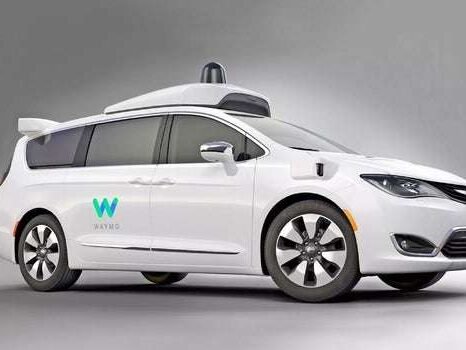Self driving cars, also known as autonomous vehicles, are no more a dream. What was just a concept is now a reality. Car makers and computer chip makers look at it as a massive industry and are working on making driverless cars cheaper and safer.
Let’s talk more about why we still don’t have them:
What’s a Self Driving Car?
According to the legal definition, a self driving car is “a vehicle capable of navigating District roadways and interpreting traffic-control devices without a driver actively operating any of the vehicle’s control systems.”
The Evolution of Self Driving Cars
The idea of self-driving cars goes back to nearly a 100 years when General Motors presented the concept for the first time in 1939.
It took the company nearly 20 years to turn the presentation into a reality. Their car used sensors to identify the roads but it wasn’t a very safe option.
The Japanese improved upon this concept in 1977 and introduced a camera system, which was safer. But, this vehicle had its limitations. It couldn’t go beyond 20 mph.
Germans introduced VaMoRs in 1977, a car that used cameras but could go up to 56 mph. This was the beginning of a new era and today we see a lot of similar features on cars that are found on the road.
The basic idea of a self driving car is to offer ease and safety. Today’s cars are semi-autonomous. They make use of technologies like GPS and cameras yet they’re not fully self driving.
Technologies Coming Together
A major breakthrough came in the 1990s when Dean Pomerleau wrote a thesis describing the role of neural in making self-driving vehicles safer and more reliable. Pomerleau worked with Todd Jochem in 1995 and took their first Navlab system on the road.
They had to control braking and speed and took the vehicle from Pittsburgh to San Diego. There wasn’t much development in the field until 2002 when the United States’ Defense Advanced Research Projects Agency funded a program (The Grand Challenge) to develop the first autonomous car. It offered a prize of $1 million to anyone who could build a truly autonomous vehicle.
Unfortunately, no entrant could meet the requirement – navigate 142 miles – and the winning entry failed after only 8 miles. While the plan didn’t work out, it did prove that self-driving cars can exist.
This was the time when more automatic features such as self parking were starting to make a noise.
And Then Came The Truly Autonomous Car
Things changed when Google entered the arena in 2009 to develop its own self driving car, known as Waymo. The project was developed secretly but turned out to be a major success. It was headed by Sebastian Thrun, the man behind Google Street View.
The company revealed a prototype in 2014 after announcing that its car had covered over 300,000 miles without a single mishap. It was truly a driverless car without any gas pedal, brake pedal, or steering wheel.
So What About Fully Automated Self Driving Cars?
Of course, they exist but you’d rarely seen one on the road.
Names like BMW, Ford, and Mercedes are working to be the first to reach the market. In fact, Nissan intends to launch a driverless car in 2020.
You can easily find cars that contain some semi-autonomous features like self steering and accident avoidance. Uber and Tesla have also entered the space and are working on technology. Even Apple is rumored to be doing the same.
But Why Is It Not There Already?
That’s because the technology isn’t foolproof.
The first autonomous car related fatality occurred in Florida when a Tesla self-driving vehicle crashed into a tractor trailer resulting in the death of the car’s human occupant.
The car failed to stop in time resulting in the technology receiving a lot of negative press.
What’s Happening Now?
The topic is controversial but since it isn’t illegal to produce autonomous cars, companies are working on being the first to the market.
Audi A8 is expected to be the first Level 3 vehicle. It will feature Traffic Jam Pilot that will allow the car to move without human intervention. However, the system has some limitations. It only works when the highways are marked and divided and the speed is not more than 37 mph.
While it appears like a safe option, we’re not yet sure if regulators will approve the use of this system in cars sold to the general public.
It may take a while for regular buyers to own a self-driving car, but you do have the option to experience it since Google’s Waymo has started to offer its service in Phoenix.
The program is only available to selected riders and there will always be a human safety operator behind the wheel, but it’s still a step in the right direction.
If this turns out to be a success, Waymo may soon spread to other parts of the country where startups like Drive.ai and May Mobility have already started to create a mark.
Conclusion
Driverless cars are expected to bring about $7 trillion to the industry. However, it will be a while before they hit the road since there are major technical issues and legal roadblocks preventing self driving cars from going into the hands of the general public.



